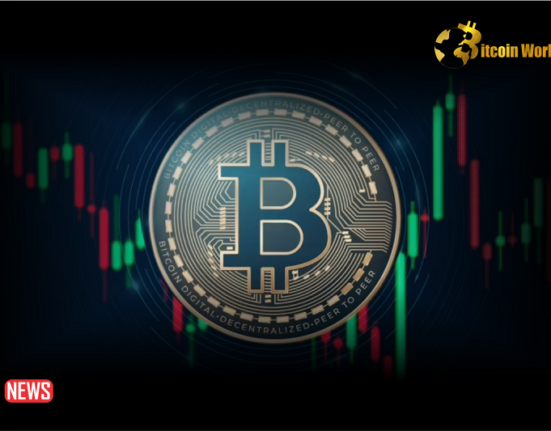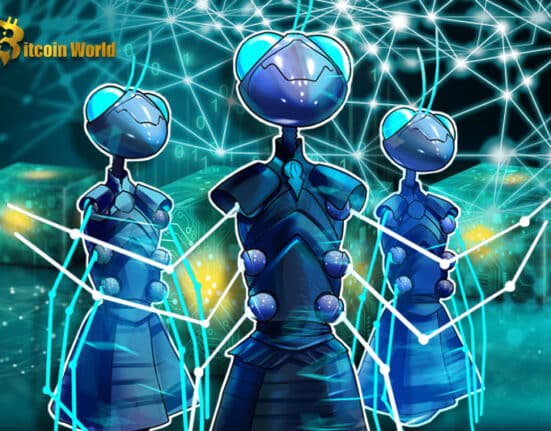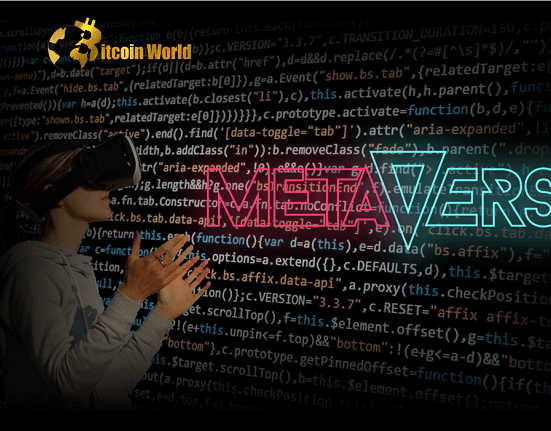
The gold vs Bitcoin debate took a new turn as reports have revealed that fake bars fuelled a $2.8 billion corruption scheme. Chinese media outlet Caixin reported on June 29 via Nikkei that a loan deal is carried out between Chinese financial institutions and Wuhan Kingold Jewelry.
It is understood that the gold as collateral fell apart when it became known the gold was gilded copper.
According to Caixin, “at least some” of the gold bars involved were simply copper, with the loan lenders seriously out of pocket as a result.
“That has left lenders holding the bag for the remaining 16 billion yuan of loans outstanding against the bogus bars,” it reported.
The debate in the latest involves fake gold to engulf high-profile entities.
On allegations that gold reserves in major central banks could also in fact be tainted with other metals. For Bitcoin supporters, gold’s authentication problems form a major argument against investing or holding the precious metal.
According to a survey by analyst Mati Greenspan, it is revealed that Bitcoin was by far the most popular choice for investment. It has been said that forty-two percent of over 2,300 respondents selected it, while gold was in second place.
“This just shows you how delusional #Bitcoin bugs are,” gold bug Peter Schiff commented on Twitter.
“Given how much further Bitcoin is from its record high relative to the Dow Jones or #gold, they still expect it to make a new high first. Hope is never a good investment strategy.”














